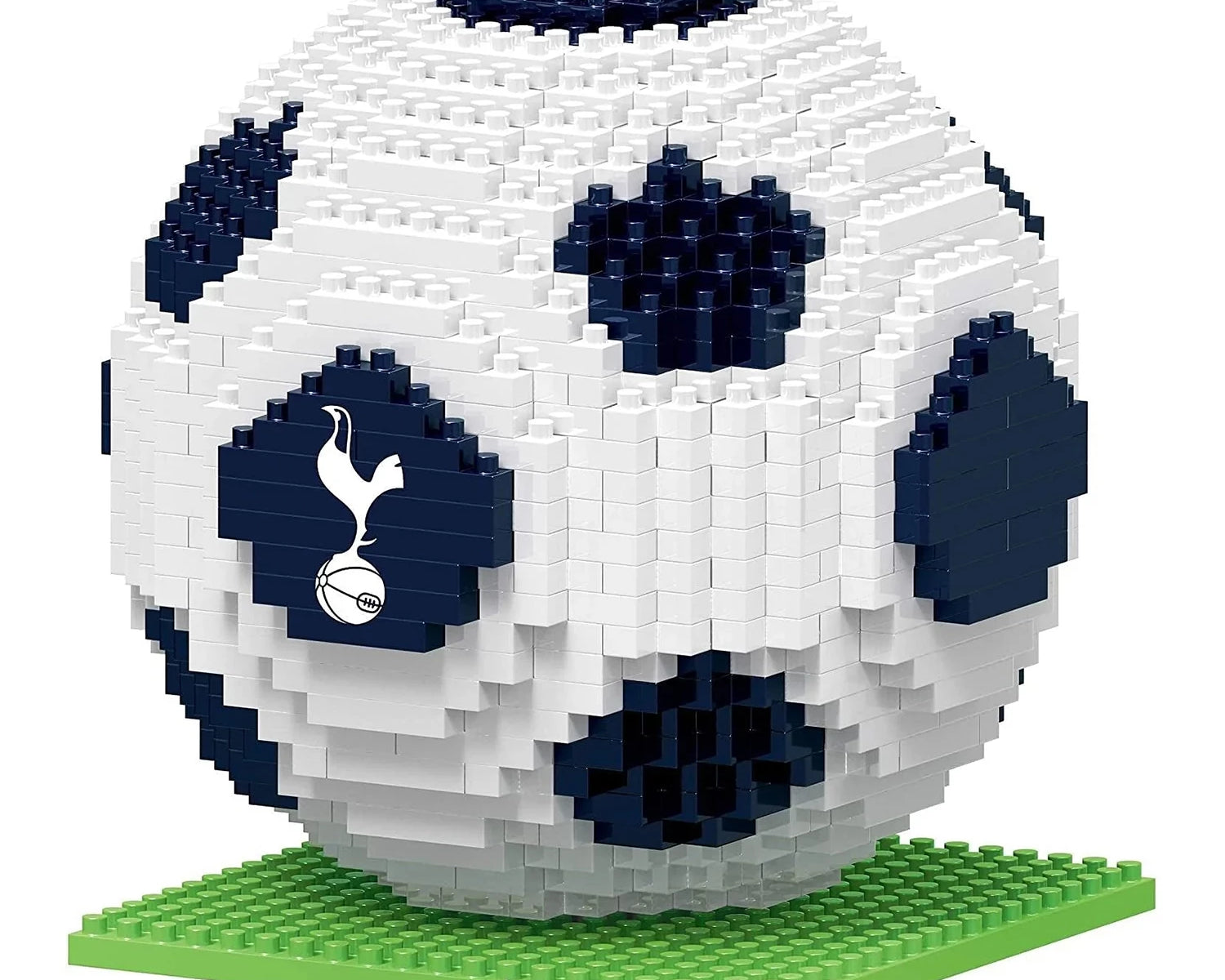The Science Behind Soccer Ball Design

When you think of soccer, or watch a game, your first thought probably goes to witnessing the perfect score, seeing your favourite teams go head-to-head, or hearing the roar of the crowd. But at the center of all the magic is one seemingly simple object: the soccer ball! Behind every goal, pass, and save is a ball that took years of engineering and physics to perfect. It’s kicked across fields around the world, from small town roads to international stadiums that host thousands. Soccer ball design is a highly specialized field that requires performance at the highest level, especially for top athletes that live and breathe soccer. Every small detail from the number of panels to the texture of the surface can impact how the ball spins, passes, flies through the air, and even how it handles different weather conditions. Let’s dive into the science behind soccer ball design and how even the most minor details can make or break the beautiful game!
The Shape

At first glance, a soccer ball may look like a perfect sphere. But it’s actually made from a series of panels that are carefully stitched or thermally bonded together to create a sphere. Traditionally, the classic soccer ball design used 32 panels, made up of 20 hexagons and 12 pentagons. This created a shape called a ‘truncated icosahedron’. This design creates a nearly perfect sphere, distributes pressure evenly when kicked, and was easy to produce with consistent quality. This shape was made famous by Adidas’ iconic ‘Telstar’ ball in the 1970 FIFA World Cup and was considered the gold standard of soccer balls for decades.
In recent years, soccer ball design has become more modern. They’ve moved away from traditionally using 32 panels and now use as few as 6 panels, which are joined by thermal bonding instead of stitching. There are many reasons for this improvement on the classic soccer ball shape. Firstly, it improves the aerodynamics, which affects how the ball moves smoothly in the air. Secondly, it offers better water resistance due to the lack of stitching. And lastly, fewer panels means a more consistent flight path on the pitch. So, while a soccer ball may look like a simple sphere, the shape is actually the result of centuries of evolution and innovation.
The Surface

The surface of a soccer ball might seem like just an aesthetic choice, but it’s actually one of the most scientifically engineered parts of a ball. The way it's textured and built on the surface can change its aerodynamics, control, and durability. The texture of a soccer ball’s surface helps control how the air flows around it, which is important when it comes to flight. Smooth balls with fewer seams and a smoother surface make the ball faster, but it also makes it unpredictable, which isn’t ideal for professional players. That’s why textured surfaces are considered the standard. Texture adds grip for both the player’s foot and the air, which makes the ball fly straighter and curve more precisely.
Soccer balls are usually made from synthetic leather which gives them durability and water resistance. Polyurethane (also known as PU) is used in professional balls, while Polyvinyl Chloride (also known as PVC) is cheaper and used for recreational balls. Beneath the outer surface of a soccer ball are several inner layers of material that are masterfully designed for overall performance. The inner lining is made of multiple layers of polyester or cotton to add structure and strength. While the core of a soccer ball (also known as the bladder) is made up of either latex for a softer feel or butyl for better air retention. All of these layers have a special purpose and make up a well-designed soccer ball!
Aerodynamics & the Magnus Effect
To fully understand how the design elements of a soccer ball work, it’s important to know a little more about aerodynamics and the Magnus Effect. Aerodynamics is the study of how air flows around things, like a soccer ball flying through the air. When you go to kick a ball, it cuts through the air and its shape and texture determine how smoothly it flies. Just to recap, the smoother a ball is, the farther and more unpredictable it will fly. While the more textured it is, through seams or dimples, the more stable it will be.
The Magnus Effect focuses on the curve of the ball. If you’ve ever witnessed a player bending the ball around a wall or curling it into the net, you’ve officially seen the Magnus Effect firsthand! How it works is when the player kicks the ball and adds spin, one side of the ball is moving with the air and the other side is moving against it. So the air is flowing faster on one side and slower on the other, which pushes the ball in the direction of the spin. The overall shape, seam placement, and surface will impact how the air moves around the ball.
The Bounce

A well-designed soccer ball doesn’t just look good, it also performs as it should! One of the key differences between an expertly crafted ball and a mediocre one is how it bounces. When a soccer ball hits the ground, it uses the force of the impact to spring back up or bounce. This process when it comes to soccer ball design is called ‘elastic collision’ and it basically focuses on how the ball can store and then release energy.
The air pressure plays a huge role in determining how the ball will bounce. The more air there is, the firmer the ball will be and the higher and faster it will bounce. The less air there is, the softer the ball will be and the less it will bounce. The overall bounce comes down to stored and released energy, the air pressure, the bladder materials used, and the surface where it lands.
So, now you know that although soccer balls might look simple, there’s actually a ton of science that goes into every kick, curve, and bounce. Behind the magic of watching your favourite players perform powerful passes and win life-changing goals is the result of engineering and physics. So next time you nail the perfect shot, remember it’s the science behind the soccer ball design making it all possible!
- Tags: LIFESTYLE
0 comments













